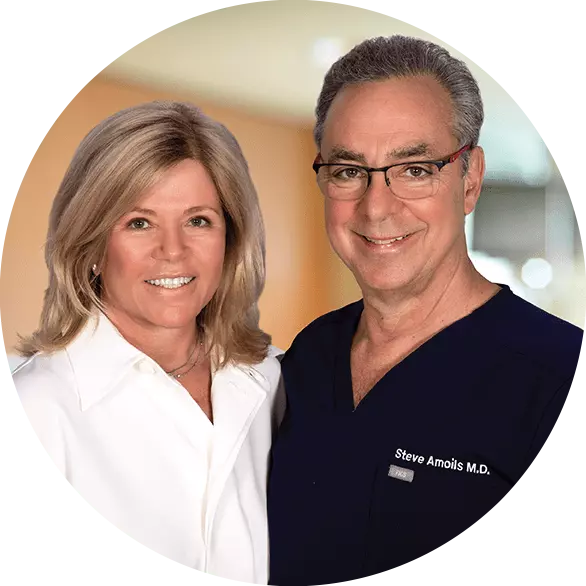- About Us
- Become a Patient
-
Our Approach
- Our Approach
- Focus Areas
- Treatments
- Additional Treatments
- Resources
- Join Our Team
-
Shop
- Shop
- Brands
- Focus Areas
Free shipping on orders over $50
Two patients with the same diagnosis may have very different underlying reasons for their condition. That’s why every treatment plan at Alliance Integrative Medicine is unique and personalized based on our findings from our Five Rings of Diagnosis.
As we collaborate with you in developing a long-term wellness plan, we take a holistic approach to your health by focusing on five key treatment areas, which we call the Five Stars of Treatment.
Initially, we design your treatments to help you feel better as quickly as possible. Our ultimate goal, however, is to help you get well, be well, and stay well via a transformational health plan that fits your life and empowers you to live better and feel better.
Our goal during the relief and repair stage is for you to feel 40 to 50 percent better within your first five treatments. During this phase, treatments may be quite frequent — usually once a week or even more often in severe cases.
As your body begins to heal and you start to regain normal levels of function and activity, your need for treatment will become less frequent — usually every two to three weeks.
Now that your health has been renewed, you should need treatment less often. Most patients schedule appointments once a month to keep feeling their best.
Our patient coordinator is standing by, happy to answer any questions you have to determine if Alliance Integrative Medicine (AIM) is right for you.

